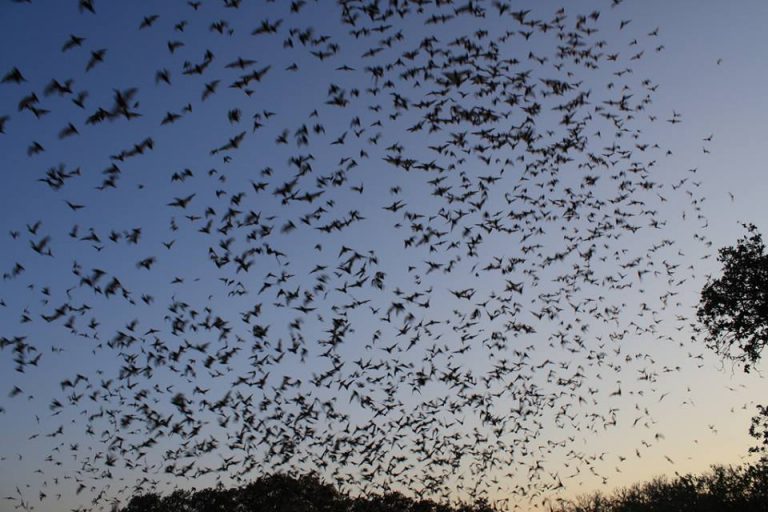Bats: an important resource
This post contributed by Terence Houston, ESA Science Policy Analyst This week, the Ecological Society of America is holding its 96th Annual Meeting in Austin, Texas. As over 3,000 ecologists participate in the meeting’s numerous scientific sessions, a highlight in Austin that most meeting attendees will make every effort to see are the city’s famous bats. As seen in the…
